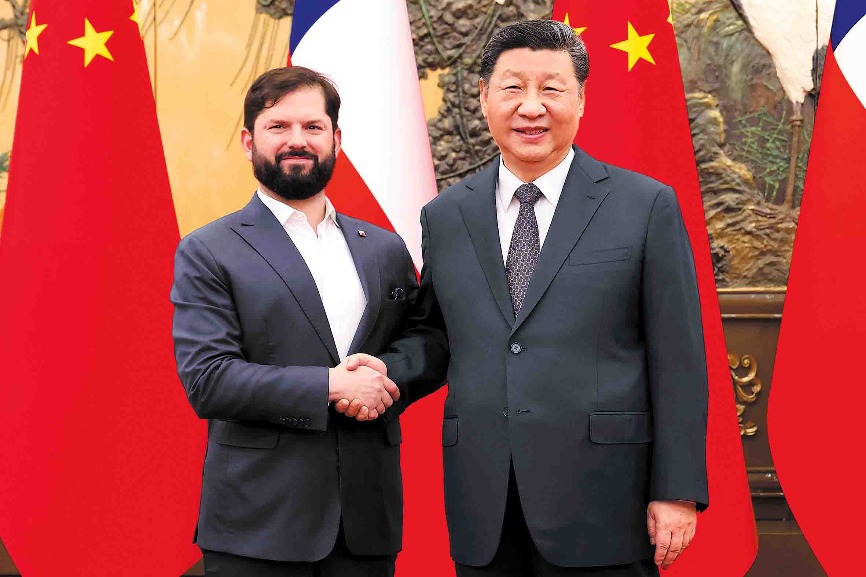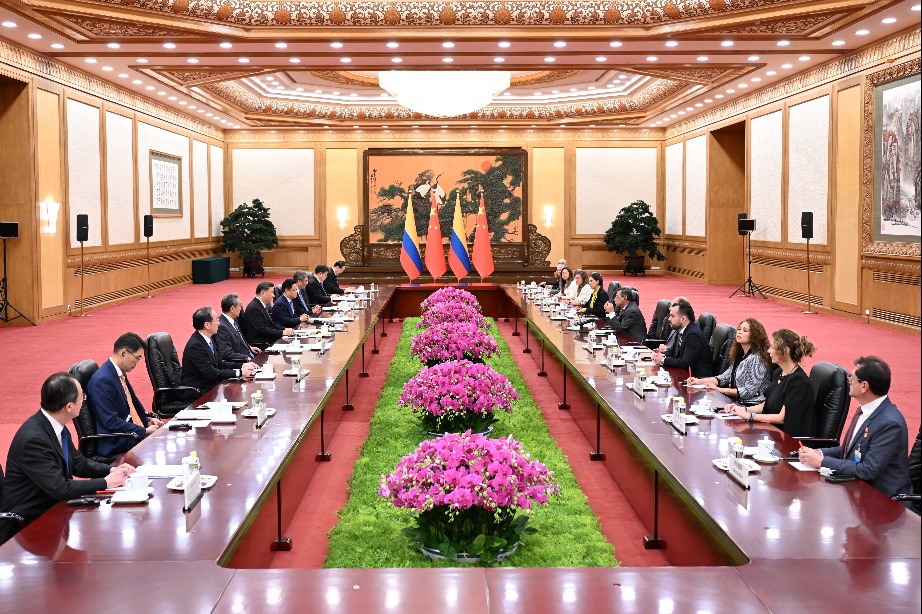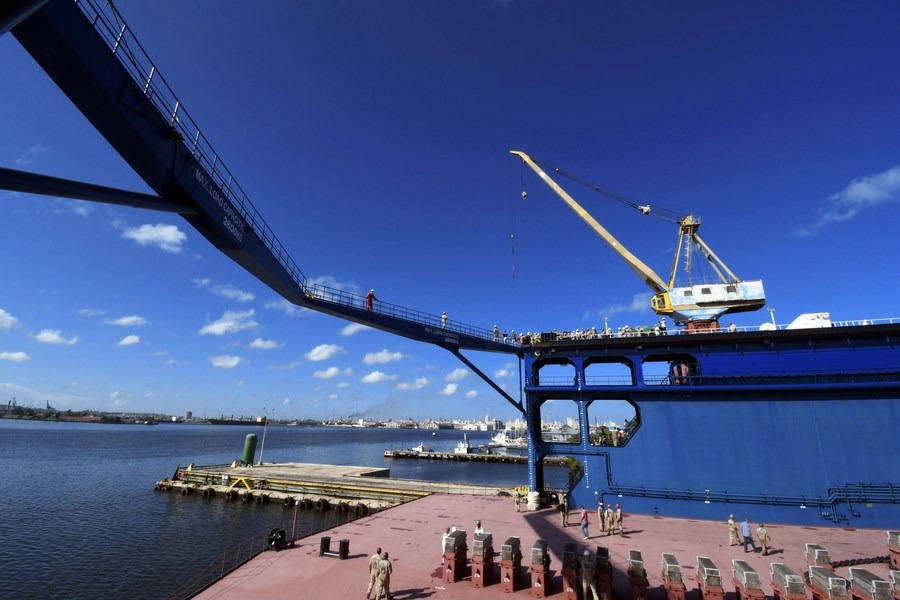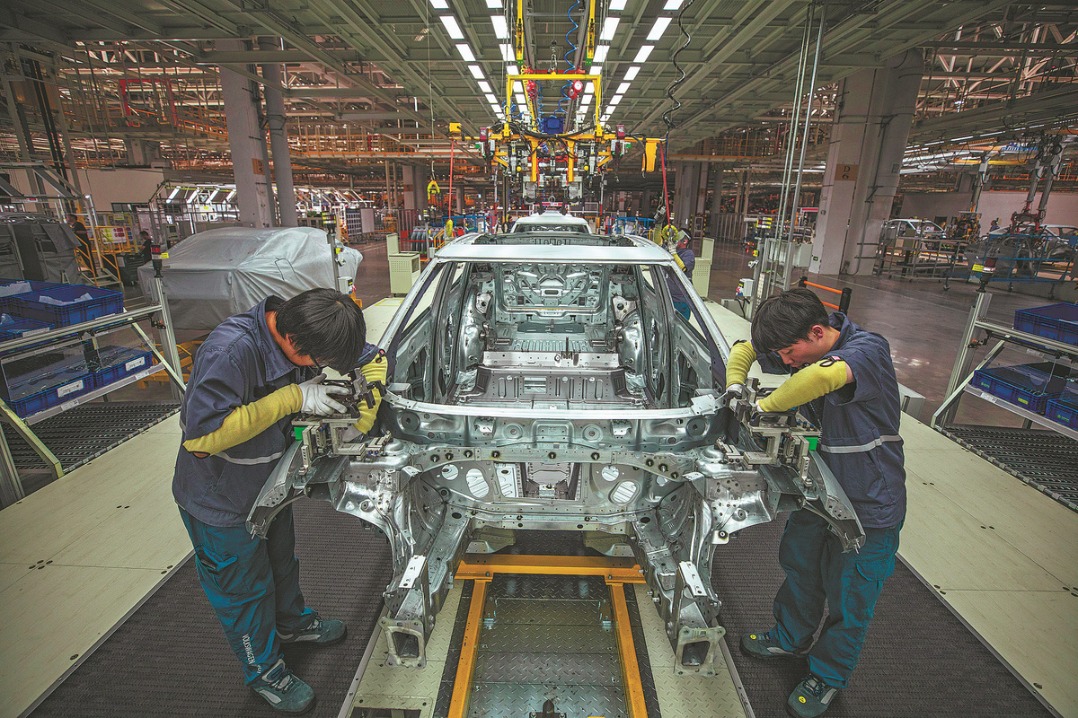Management of Palace Museum must rein in commercial activities


The Palace Museum in Beijing started promoting a range of cosmetics earlier this month, and they have proved to be very popular. Beijing News comments:
Last year, the overall revenue of the museum from sales of branded products was 1.5 billion yuan ($218 million). Although that is less than 10 percent of its revenue from selling tickets, it is growing quickly.
The museum was China's imperial palace from 1420 to 1911. It houses 1.86 million cultural relics that are a treasure trove of inspiration for developing commercial products.
For instance, the sets of six lipsticks are printed using 3D technology and combine auspicious patterns and colors from embroidery once owned by queens and concubines.
And it is probably the success of such products that has prompted the museum to create several outlets to tap this commercial potential.
There are at least three accounts owned by the museum on the social media platform WeChat and the e-commerce platform taobao.com-namely the Palace Museum Cultural Creativity, the Palace Museum Taobao, and the Palace Museum Cultural Creativity Flagship Store.
The three platforms, which reportedly belong to different departments of the museum, are apparently not at the same wavelength as they regard each other as competitors in an internal competition, even if they share the same brand.
This shows that the museum's management and commercial activities are not yet businesslike.
It is time for the museum to rationalize its commercial activities and bring them all under one roof. As the foremost museum in China, the Palace Museum should run its commercial operations more professionally.
The Forbidden City has deep historical and cultural significance and needs to maintain a balance between cultural commercialism and cultural protection. The most important thing is that the museum should not get carried away with the success of its branded products to ensure that the museum's reputation is not damaged.

































